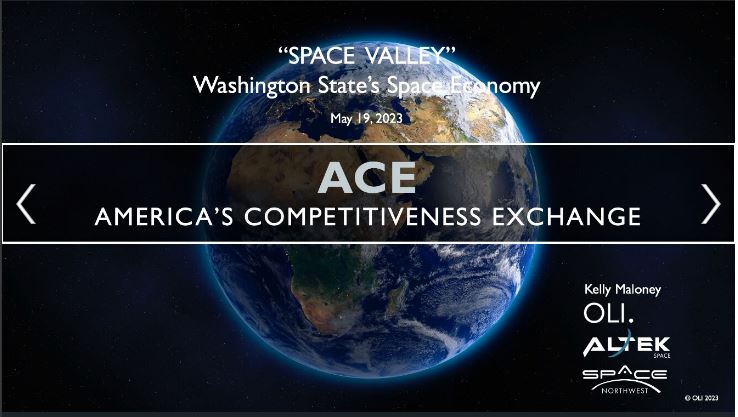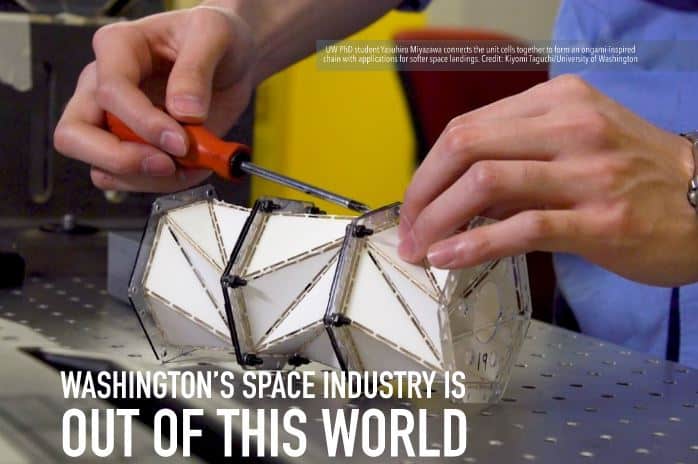RPS team is honored to have won the $1M SBIR Phase II award from the National Science Foundation. In Phase II we will validate thrust performance, reliability, reusability, and scalability of the Centurion rocket engine we’ve developed in Phase I and lay the foundation for future engine production.
At $150K sales price, these engines will be the key to build low-cost small orbital rockets at $1.5M or less that can meaningfully compete with the ride-share option. The resulting small rockets could enter the market faster, fly more frequently, respond to defense calls more rapidly, and open a much wider room for customization of small-sat orbits and commercial space services. By enabling lower operational costs for small launch business, we believe Centurion engines will help move rocketry from the currently prevailing resource-intensive vertical integration model to a nimbler distributed specialization model built for the future proliferated space economy.
Special thanks to all our commercial, defense and local and federal government partners and collaborators that helped us get to this point – your input has been and remains invaluable!








